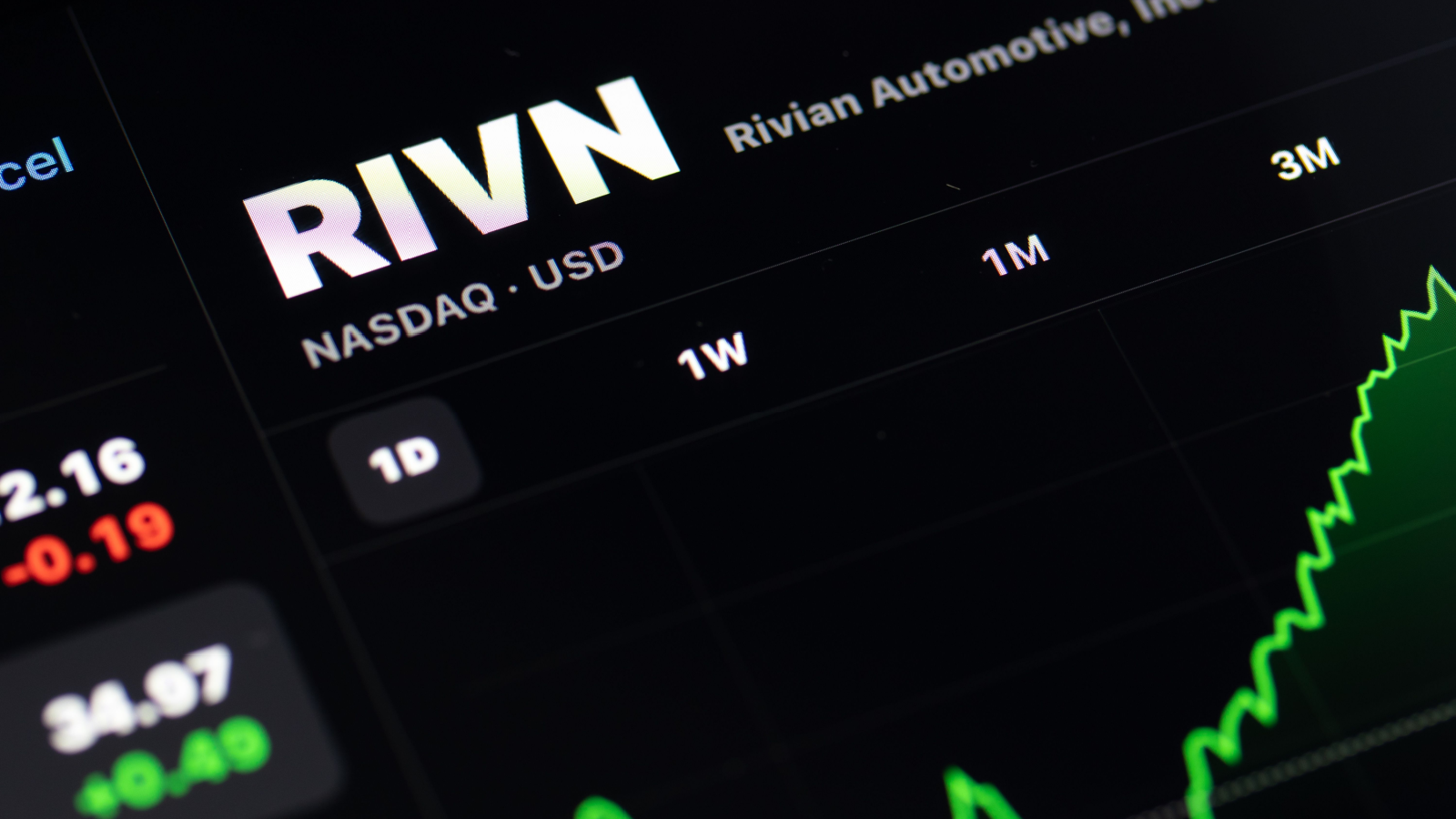In a fiercely competitive electric vehicle manufacturing industry, Rivian Automotive (NASDAQ:RIVN) faces hurdles in selling vehicles and achieving profitability. Consequently, RIVN stock may be exposed in 2024, potentially relinquishing recent gains.
Though Rivian has seen its stock price rally roughly 50% off of this year’s lows, it’s still trading well below its previous meme-cycle peak. That’s to be expected, considering the declines across the sector for many high-growth stocks. Additionally, concerns around forward-looking EV demand have pushed many investors to seek other growth options. I’m not here to change anyone’s mind in that regard.
That said, RIVN stock has been making progress in some key areas. So, let’s dive into the bull-and-bear case for this EV maker moving forward.
The Bull Case
Closing 2021 with $18.1 billion in cash, Rivian’s cash reserves declined to $11.6 billion by the end of 2022 and stood at $7.9 billion in Q3 2023. Although the company’s cash burn has slowed, it remains notable and is a risk factor investors are pricing in. Encouragingly, RIVN stock progressively decreased its gross loss per delivered unit each quarter in 2023, aiming for positive gross profit by the end of 2024. If achieved, that could be a big catalyst for the stock over the next 12-24 months.
Rivian strives for positive free cash flow, aiming to avoid relying solely on its $7.9 billion cash reserves for expansion. Despite deferred capital expenditures and a reduced capex forecast, Rivian may face the need for additional funds.
While debt financing in the current high-interest-rate environment is less favorable, future interest rate shifts might influence the decision. Thus, it’s possible the stars align, and things work out, but it’s a risky bet to make right now.
Alternatively, increasing Rivian’s valuation could make equity issuance more appealing. Despite potential scenarios, Rivian’s effective reduction in cash burn is a positive trend, warranting investor observation in the coming year. Again, I think this is the key catalyst in either direction for the stock, so investors should focus their attention on it.
The Bear Case
Rivian’s need for a substantial capital infusion raises concerns. The company anticipates increasing annual payments from $1.5 million to $20.4 million by 2047, with potential additional increases. Red flags include layoffs in the battery cell development team, including lead engineer Victor Prajapati. If the company isn’t able to innovate and continue to drive interest in its model lineup, slowing growth could signal to the market this is a company that’s not worth investing in.
In my previous RIVN article in October, I mentioned some of the prominent bear cases for the stock. One of these was Rivian’s two-year journey since its IPO, in which the company faced challenges from market dynamics and operational issues. Those concerns still exist.
Despite industry-wide disruptions, Rivian’s Q2 earnings were pleasantly surprised with a tripled revenue of $1.12 billion, offsetting some concerns. However, the company’s path to profitability remains contingent on effective execution and managing capital needs.
Investors must conduct thorough due diligence, as analyst optimism doesn’t exempt stocks from scrutiny.
RIVN Can Be Worth a Gamble, But Caution Is Advised
Once overvalued, RIVN stock may hold promise as a long-term investment with improved fundamentals. Of course, as mentioned, the stars will need to align for this stock to return to somewhere near its previous valuation. However, given the company primarily competes with itself in a niche market, reaching 400,000 vehicles in five years could lead to some much more impressive numbers over time.
That said, as uncertainties persist into 2024, I think there’s plenty of execution-related risk with this stock, enough to warrant investors’ cautious outlook. Overall, potential investors should brace for volatility with RIVN stock. And while this stock may go up over the long term, the short-term gyrations can turn many investors away. Unfortunately, I’m one such investor, at least for now.
On the date of publication, Chris MacDonald did not have (either directly or indirectly) any positions in the securities mentioned in this article. The opinions expressed in this article are those of the writer, subject to the InvestorPlace.com Publishing Guidelines.
